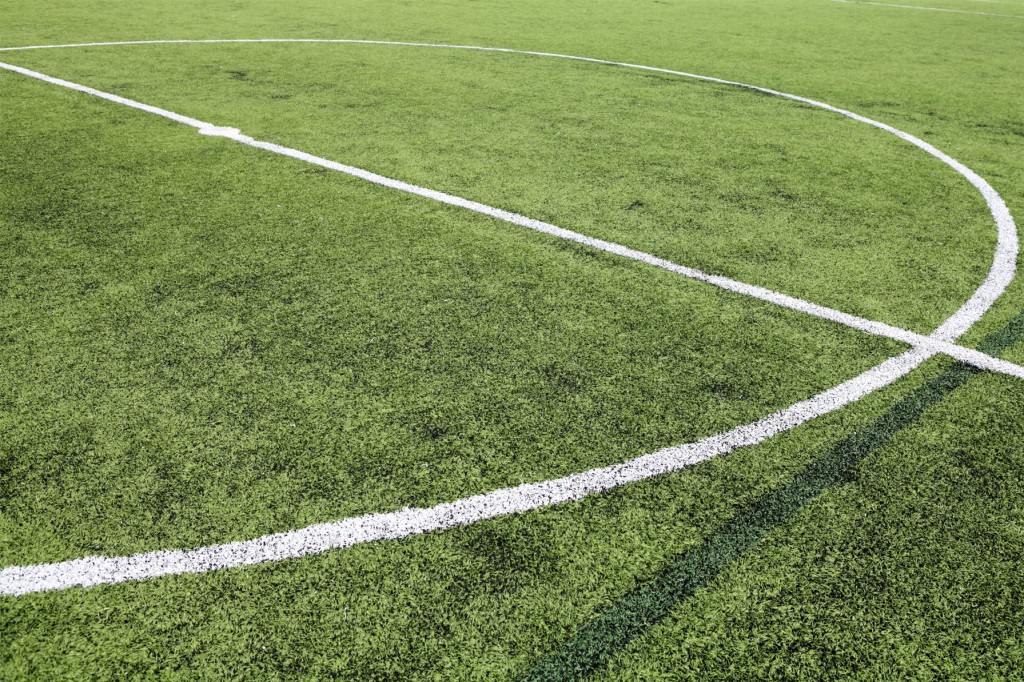How Surfaces Can Contribute To Sport Injury
Whether you enjoy contact or endurance based sports the risk of injury is always present. Taking precautions such as proper warm up and stretching will substantially reduce the risk of injury. However it is important to take into consideration the type of surface you will be playing on as well.
Hard and soft surfaces both carry their fair share of risk when it comes to the potential for injury. Furthermore, in many cases the same sport can be played on multiple types of terrain depending on region or season (i.e. tennis). That being said, knowing how to best prepare your body for the surface you will be playing on is the best preventative course of action you can take to lower your risk of serious injury.
Hard Surfaces
Hard surfaces such as wood, asphalt, and concrete are typically used for sports such as basketball, squash, tennis, volleyball and running. Because these are already high impact high endurance activities, the risk for injury can be moderately high if proper safety steps are not considered beforehand.
Hard surfaces come with their equal share of pros and cons, one of the pros being that the risk of slip and fall is substantially lower on hard surfaces, the irony of this fact is that when people think of injuries related to hard surfaces, what generally comes to mind is impact injuries like tailbone or kneecap injuries as a result of a trip or fall.
Trip and falls are not uncommon to sports played on hard surfaces but they are by no means the most frequent of the hard surface related injuries. In fact, one of the most common injuries associated with hard surface based sport is runners knee. Hard surfaces have no give or bounce, causing shock to run up the lower leg and impacting the knee. Taking precautions such as making sure you have a good pair of shock absorbent shoes can help to take some of the stress off of your feet and knees.
Soft Surfaces
Soft surfaces such as grass, turf, sand and various other synthetic surfaces are generally used for sports such as cricket, football, tennis and rugby. One of the upsides to soft surfaces is that it provides a fair level of cushioning that helps prevent shock related injury (i.e. runners knee) as well as high impact related injuries as a result of trip and falls. The down side is that soft surfaces can provide a less even terrain than hard causing injuries associated with twists and strains.
Rugby and football players for example tend to commonly suffer from ankle sprains and knee strains. This is not only because of the physical intensity of the sport; but the soft grass surface can play a large part as well. Rugby and football players are frequently turning and pivoting throughout a game, in some instances the studs of their boots can become stuck in the soft grass causing the knees to strain or the ankles to twist. Although injuries contributed to surface type are somewhat out of your control, being aware of the risks specific to the surface should help to reduce the potential for serious injury.

